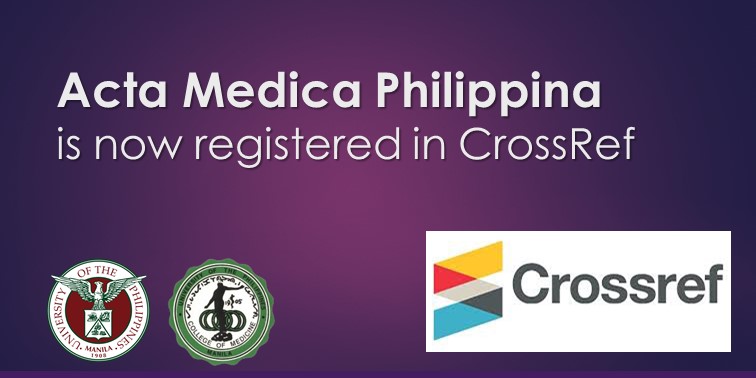Surgical Manifestations of Hepatobiliarypancreatic Tuberculosis (HBPTB)
DOI:
https://doi.org/10.47895/amp.vi0.10693Keywords:
extrapulmonary tuberculosis, biliary tract diseases, general surgery, acute care surgery, liver diseases, pancreasAbstract
Background and Objectives. Hepatobiliarypancreatic tuberculosis (HBPTB) is a less common form of tuberculosis that often presents as malignancy or lithiasis. Advances in diagnostics and minimally invasive procedures have led to the detection of more patients with milder forms of TB requiring surgical management. Due to the low incidence rates and lack of standardized approaches, additional studies are needed to improve patient outcomes. This study examined the risk factors, diagnostic methods, and treatments for HBPTB patients at the University of the Philippines – Philippine General Hospital (UP-PGH) from January 1, 2014 to December 31, 2021.
Methods. This retrospective descriptive study utilized our institutional database to identify patients who underwent a surgical procedure for HBPTB and their associated risk factors. Inclusion criteria required biopsy or microbiologic proof of tuberculous involvement of the biliary tract or nearby structures.
Results. Among a total of 45 patients, the most common admitting diagnosis were HBP tuberculosis (37.8%) and malignancy (35.6%). 47.6% of patients had a previous or concurrent TB exposure. Sixty percent had subclinical malnutrition indicated by normal weight and low albumin. The liver (37.8%) and the bile ducts (33.3%) were the most common organs involved. The most common surgical procedures done were ultrasound-guided liver biopsy, biliary enteric anastomosis, percutaneous transhepatic biliary drainage (PTBD), and endoscopic retrograde cholangiopancreatography with or without stenting (ERCP).
Conclusions. This study provides additional data for clinicians to tailor diagnostic and treatment plans accordingly. Striking a balance between surgical procedures and appropriate anti-tuberculous therapy (ATT) is essential for successful treatment. Local data can be useful to help identify tuberculosis patterns unique to Filipinos and highlight socio-economic factors contributing to this rare presentation of TB.
Downloads
Published
Issue
Section
License
Copyright (c) 2025 Acta Medica Philippina

This work is licensed under a Creative Commons Attribution-NonCommercial-NoDerivatives 4.0 International License.




.jpg)



